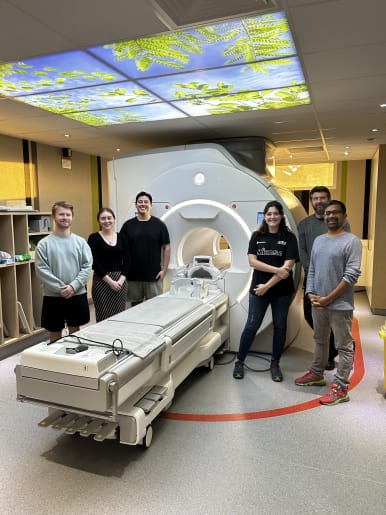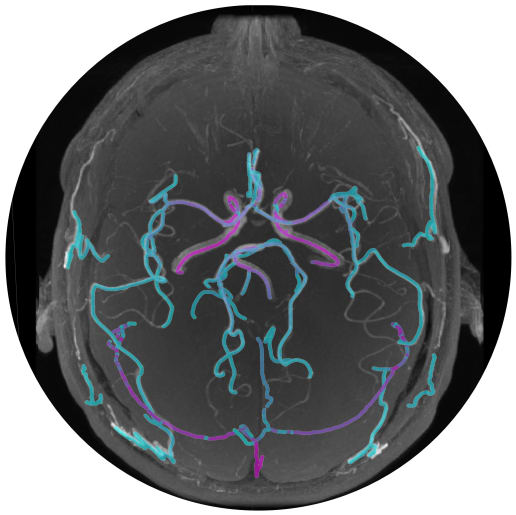A new metric developed from blood circulation in the brain could have major implications in treatment of conditions such as Alzheimer’s disease and other forms of dementia.
Researchers from Gisborne-based Mātai Medical Research Institute and Auckland Bioengineering Institute have released a paper on their studies in which they produced a technique to characterise brain blood flow pulsatility, providing a new measure of neurodegeneration risk.
Each time the heart beats, it pumps blood through the brain vessels, causing them to expand slightly and then relax, much like the rise and fall of the blood pulsing through your veins when you feel your pulse in your wrist.
This pulsation in the brain helps distribute blood evenly to areas of the brain, ensuring all parts receive the oxygen and nutrients needed to function properly.
In healthy vessels, the pulse wave is dampened before it reaches the smallest vessels, where high pulsatility could be harmful.
This new metric developed by researchers provides a comprehensive measure of the small vessel pulsatility risk.
Pulsatility is a function of maximum flow rate that implicates that pulsatile flow generates higher wall shear stress than equal continuous flow.
A paper published in Scientific Reports — Nature by Sergio Dempsey as first author — with colleagues Dr Soroush Safaei and Dr Gonzalo Maso Talou at Auckland Bioengineering Institute, along with co-author Dr Samantha Holdsworth (Mātai and Faculty of Medical and Health Sciences and the Centre for Brain Research at the University of Auckland) — describes the new metric based on 4D flow magnetic resonance imaging (MRI) technology.
This metric is particularly crucial because increased vascular pulsatility is linked to several brain conditions, including Alzheimer’s disease and other forms of dementia.
By accurately measuring how pulsatility is transmitted in the brain, researchers can better understand the underlying mechanisms of these diseases and potentially guide the development of new treatments.
MRI methods face limitations due to anatomical variations and measurement constraints. The new technique removes this issue by integrating thousands of measurements across all brain vessels, rather than looking one spot at a time through the traditional methods. This provides a richer metric representative of the entire brain.
“The ability to measure how pulsatility is transmitted through the brain’s arteries could revolutionise our approach to neurological diseases and support research in vascular damage hypotheses,” Dempsey says.
“Our method allows for a detailed assessment of the brain’s vascular health, which is often compromised in neurodegenerative disorders.”
The study also highlights the potential to enhance clinical assessments and research on brain health.
By integrating this new metric into routine diagnostic procedures, healthcare providers can offer more precise and personalised care plans for individuals at risk of or suffering from cognitive impairments.
In addition to its implications for patient care, the researchers have made their tools publicly available, integrating them into pre-existing open-source software. This enables scientists and clinicians worldwide to adopt the advanced methodology.
“Our findings are a promising step towards better understanding the vascular contributions to neurodegeneration,” said Holdsworth, Mātai’s director of research.
“We are excited about the metric potential to become a standard part of neurological assessments and the positive impact it could have on millions of lives.”
The research team are planning further studies to explore the applications of this technique in larger and more diverse populations, beginning at Mātai this month.
Results from the initial study of the metric also identified important sex differences in vascular dynamics that have initiated a new study focusing on sex-related dynamics, expected to begin at Mātai and the Centre for Advanced MRI in November.








0 comment
JOIN THE CONVERSATION
Read and post comments with a
Newsroom Pro subscription.
Subscribe now to start a free
28-day trial.